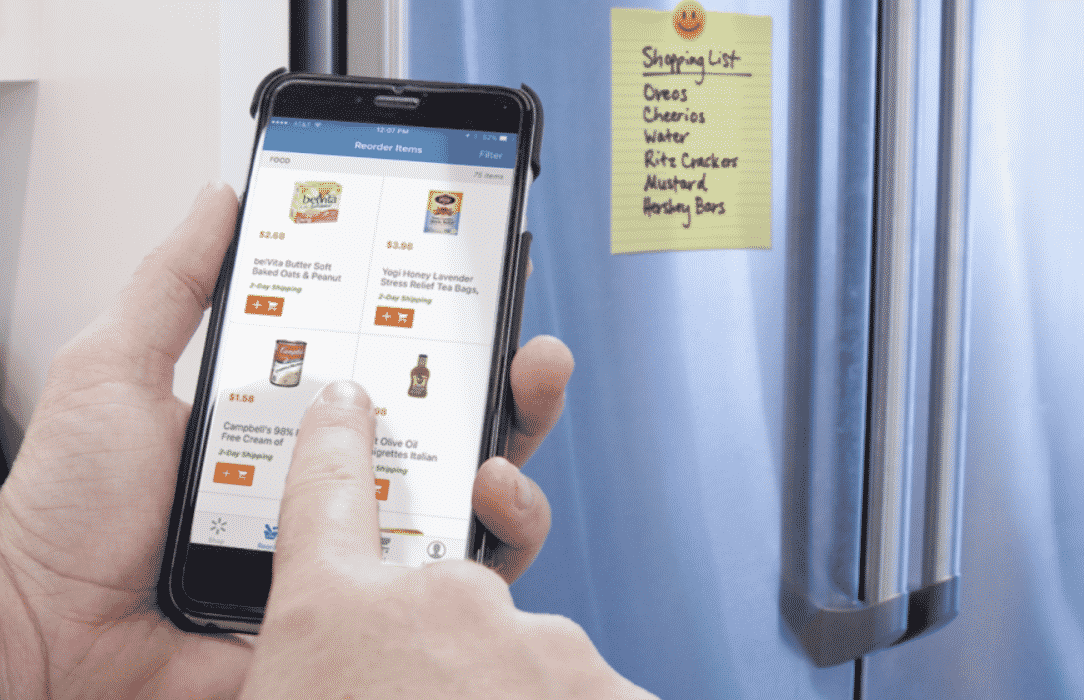
When you hear that nine out of ten shoppers like saving money with coupons and promotions, it sounds like a pretty impressive number. But it raises the question – what’s the deal with that other one who actually prefers paying full price?
That figure is just one of the insights in a new survey about online shoppers’ interest in savings. Digital commerce platform Spryker Systems has released its U.S. Online Grocery Report 2022, in which it found that more shoppers expect to buy more of their groceries online – but not if it comes at the expense of saving money.
“Coupons and promotions have increasingly migrated to online transmission,” the report reads. “We wanted to know if this is an advantage or disadvantage for online groceries.”
Two out of three respondents said they prefer digital coupons to printed ones. That’s good news for online grocery retailers, since paper coupons generally are not compatible with online shopping, so most retailers don’t accept paper coupons for online grocery orders. While other studies have encouraged online grocery sellers to accept printed coupons, Spryker’s findings indicate that the majority of grocery shoppers are already comfortable with and accepting of digital discounts.
But how would shoppers like to receive those discounts? Nearly half of respondents said they prefer to receive coupons in their email inbox. That may come as a surprise to some marketers, who figure email is a little old-fashioned in this age of texting and social media, but several previous surveys have found the same thing – shoppers are still inclined to go to their inboxes looking for deals.
Spryker’s survey also found that mobile apps are a popular way to receive discounts, cited by 40% of respondents. 23% like getting coupons via text, while only 11% like receiving coupons and promotions via social media, though that percentage rises a bit, the younger the shoppers are.
And 10% who responded to the survey agreed with the statement “I don’t like receiving coupons and promotions.” Maybe saving money is just too much of a hassle?
With or without coupons, the report found that “there is no clear and commonly shared opinion that either online or offline grocery shopping would be more expensive than the other.” Price markups, delivery charges and other fees often make online grocery shopping more expensive than buying the same items yourself in person. But only 20% of survey respondents said they usually spend more when buying groceries online, while 37% said they actually spend less – whether it’s because they buy enough to avoid delivery fees, or they manage to avoid impulse purchases that might tempt them in-store. The rest saw no difference or were unsure about the cost of online versus in-store shopping. So when it comes to price perception, “the picture is very mixed,” the report concluded.
Overall, Spryker found that almost half of Americans now buy at least some of their groceries online, with more than a fifth expecting to do most or all of their grocery shopping online within the next two years. While many online shoppers are motivated by convenience, and some by savings, one factor to consider is that 45% of respondents don’t like grocery shopping at all, considering it to be just another “chore that must be done.”
That being the case, “it’s not surprising to see a growing number intending to do it online,” Spryker CEO Boris Lokschin said in a statement. “It’s up to retailers to capitalize on this demand by offering innovative and engaging online experiences.”
And coupons and promotions wouldn’t hurt, either – for nine out of ten of us, at least.
Image source: Walmart















